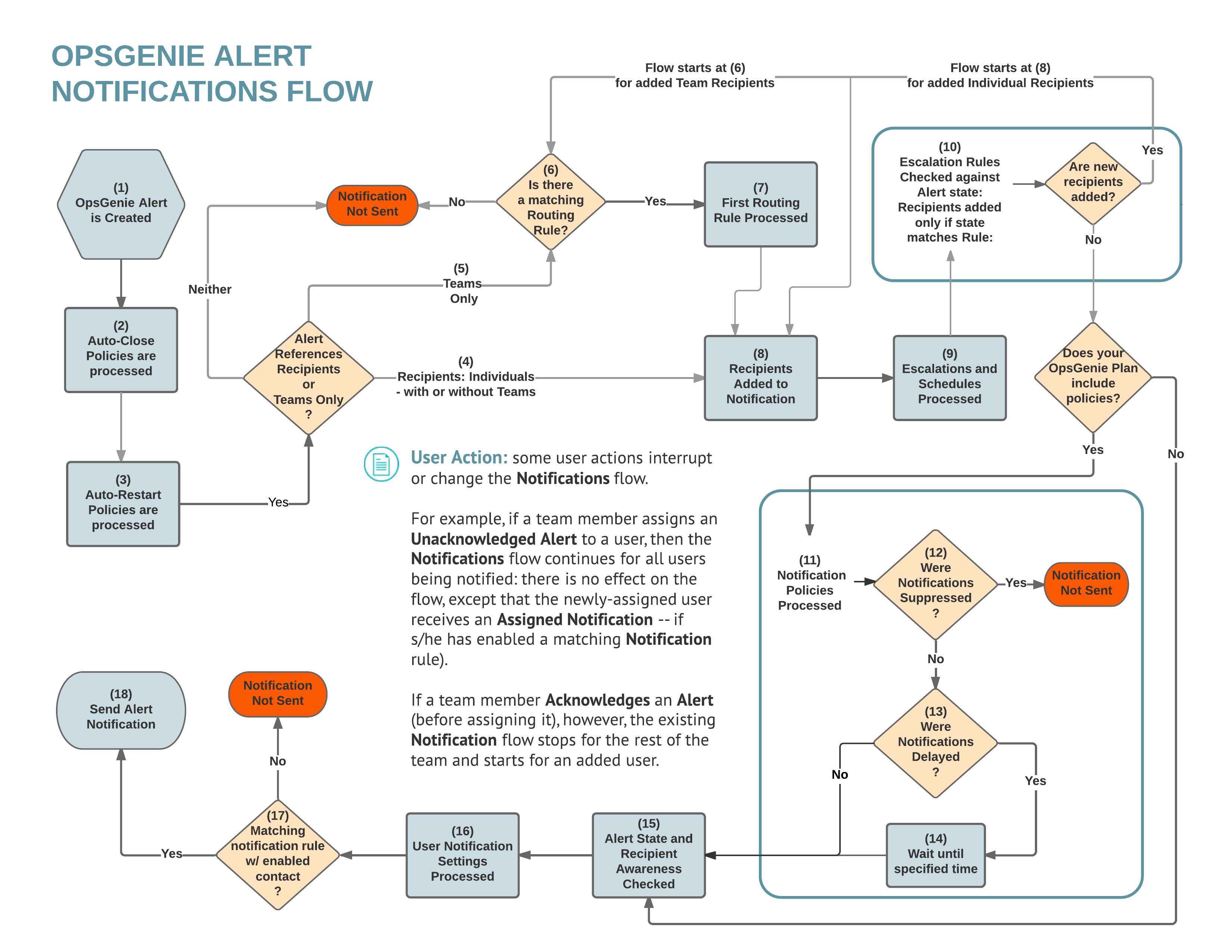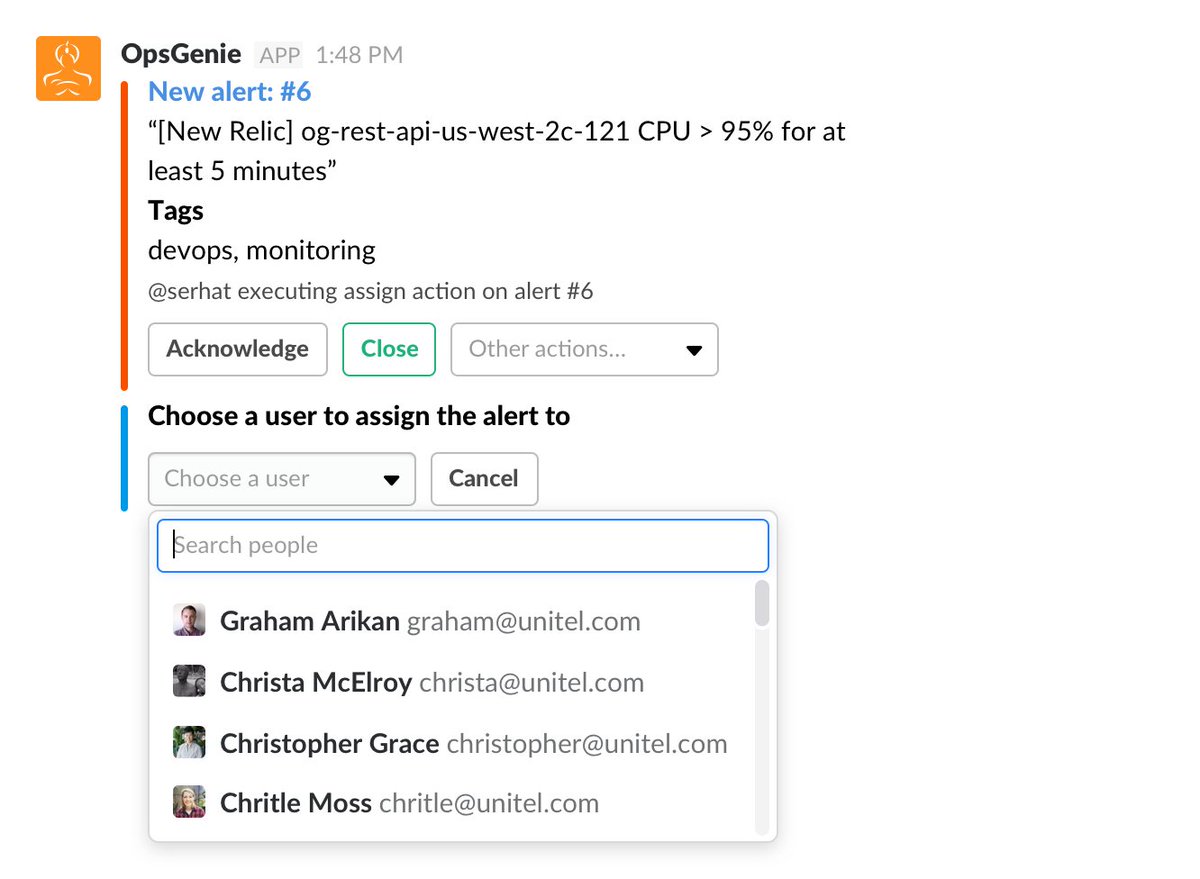Like many teams in the IT world, the members of Coyote Creek’s Cloud Services practice (formerly Remote Monitoring and Management – RMM) are quite spread out geographically. We’ve got team members located everywhere from California and New York to Florida and Washington. Needless to say, there’s no break room in which we can all gather to talk things over! Which is why having a great communications system in place is vital.
Opsgenie's Uptime History. Icinga2 is an open source IT infrastructure monitoring tool that shines with its performant and highly configurable monitoring solution. It has built-in. If communication is the heart of everything we do at work, messages in Slack are the canvas for your app to meet users right where they’re working. From unfurls to message buttons and slash.
This is where Slack comes in. Slack is a cloud-base Enterprise chat and collaboration application for business. Our Cloud Services team started using Slack about nine months ago, and we’ve been very happy with the results.
Opsgenie is a modern incident management platform which empowers Dev & Ops teams to plan for service disruptions and stay in control during incidents. Opsgenie provides the tools needed to design actionable alerts, manage on-call schedules and escalations, and orchestrate communication & collaboration during incident resolution process.
In the past our Cloud Services teams used Microsoft Lync with Skype for Business Conference, but it was not in persistent mode. While this was great for one-on-one or conference chat, it was not the same as a regular chat room, and it was much more complex to set up and run. Lync requires additional servers such as a SQL server and extra servers for redundancy, additional licenses, and so forth. Slack simplifies things. Since Slack is cloud-based, there is no need to set up and manage on-premise servers. We just pay for the licenses, download the client, and go.
How Slack is helping our Operational Effectiveness
We’re using Slack as a persistent chat application. By improving our communication, Slack has improved our Cloud Services team’s operational efficiency. Some of the specific benefits we’re seeing include:
- Keeps the whole team on the same page. Just like other persistent chat programs, Slack lets you create active channels where people can come and go at their leisure, and everything is always recorded. In addition to whatever takes place via email, our Slack channels are ongoing casual conversations amongst the entire team. Concerns, problems, statuses are all expressed out here for everyone to see. With team members going on or off shifts 24/7, keeping everyone informed like this is vital. For example, if a server goes down, the person coming in for the next shift will see that something happened, because discussions about it will fill the chat room. Even if the person who had the previous shift forgets to say something about this specifically, the next shift will be informed anyway.
- Is fast and easy to access. Popping into the Slack channel is much easier than saying “let’s start a conference” and having everyone have to log in to a GoTo Meeting or WebEx or whatever. Plus, Slack is mobile, so you can log in from anywhere, including from your smart phone or tablet.
- Allows you to create specific channels for specific projects. Access to each of these Slack channels can then be limited to the members of that project team.
- Creates a searchable archive. You don’t have to take notes, because past conversations are all fully searchable. Trying to remember what Tom said last June about XYZ Company’s server #12? A quick search in Slack will pull it right up.
- Makes document sharing easy. Slacks’s “drag and drop” document sharing is easier than sending things through email, and the document will then become part of the searchable archive that the entire team can access. You can use this document sharing function for any type of document, from text files and spreadsheets to quick screen shots.
- Integrates with other applications. Slack has the capability to integrate with many applications, including Opsgenie, Zoom Conference, ConnectWise and more. These integrations allow us to perform our duties smoothly without switching between too many applications.
- Promotes team building. Of course, at Coyote Creek we’re not always “all business.” We also like to joke around, use silly emoji’s and make each other smile. Sometimes we take advantage of Slacks’s video conferencing and desktop sharing functions. In these ways, Slack is great for helping team members feel connected on a personal level, too.
- Integrates seamlessly with Opsgenie. We recently started using Atlassian’s newly acquired product, Opsgenie, for alert and incident management. We’re loving the way that Opsgenie’s integration with Slack lets us consolidate alerts from all of our monitoring tools in Opsgenie and then take action from inside Slack. It gives us a way to effectively interact with alerts that makes incident management even easier. Check out more about Opsgenie in our last blog, Incident Management: A Tale of Two Approaches.

Want to learn more about using Opsgenie for incident management? Our recorded webinar is for you!
We explored Opsgenie in the webinar, “Using Opsgenie for Incident Management”. Where we focused on Opsgenie’s incident management capabilities.
Watch the recorded webinar below.
- Overview of Opsgenie
- How Opsgenie automates Incident Management
- How Opsgenie improves collaboration
- How Opsgenie streamlines management
- How Opsgenie integrates with other apps and programs
- And more
| WATCH NOW! |
Icinga2 is an open source IT infrastructure monitoring tool that shines with its performant and highly configurable monitoring solution. It has built-in notification scripts such as e-mail, SMS, and Twitter to send notifications when an alert is triggered. These scripts, combined with configuration files, give you basic alerting capabilities such as notifying a team. Often teams need more advanced workflows and alerting needs.
In this blog post, you’ll learn five different ways OpsGenie helps Icinga users. Before starting, let’s talk a little bit about OpsGenie.
OpsGenie is a modern incident management platform for operating always-on services. It helps dev and ops teams prepare for incidents, ensure the right people are notified at the right time, and provide insights to improve operational efficiency. There is a video explaining what OpsGenie is if you are into videos!
Now let’s talk about key benefits of integrating Icinga2 with OpsGenie. At the core, this integration helps ensure that your critical alerts are resolved in the least possible time, which leads to happy users.

Ensure critical alerts are never missed
OpsGenie provides four notification methods for users– email, SMS, voice call, and mobile push notifications. Each notification channel can both alert you and allow you take actions on OpsGenie alerts. For example, you can acknowledge an alert by clicking a number in a voice call or sending an SMS message. Notification preferences can be defined by the users depending on the alert content, such as priority or tags. Admins also have the option to configure global rules. Another critical benefit OpsGenie provides is escalations. Using escalations, you can define multiple layers of responders to make sure that alerts are handled in a timely manner and not missed. All this comes with OpsGenie’s reliable platform used by more than 3000 customers around the world.
Route alerts to the right teams
Opsgenie Create Slack Channel
A significant challenge in incident management is to find the right teams and deliver alerts rapidly. Un-actionable alerts can distract people and increase the MTTR (mean time resolve). Using OpsGenie, you can route alerts to the right teams with routing rules and flexible integration filters. For example, you can craft your alerts using the Icinga2 fields seen in the following image and use tags or other fields to route alerts to different teams.
Collaborate effectively and instantly with video conferences and chat channels
Built-in video conferences combined with powerful tooling, OpsGenie’s Incident Command Center is the best way to bring your team together during an incident. Once you enable this feature, incidents have a button that allows team members to join a video call from different channels such as a web browser, or a mobile phone. On top of this, if your teams are already using a chat solution like Slack, you can continue using that solution with OpsGenie’s ChatOps applications. For example, OpsGenie’s three-time Slack marketplace featured app is available to bring incident management into chat.

Consolidate and cluster alerts between different monitoring tools
Distributed systems are complex and consist of multiple services working together. Often we need monitoring at different levels such as network or application layers. This results in having multiple monitoring tools creating alerts for a bunch of different services. Managing this complexity and extracting and clustering the right alerts is tough. OpsGenie gives you this flexibility and you can consolidate your alerts coming from different integrations under separate services. Additionally, these services allow different stakeholders to be notified to take actions on their side. In the end, teams can see what incidents they need to solve in one view.
Track and analyze the whole incident response process

Opsgenie Slack
To make future improvements on your incident management workflows, you need to track and analyze. OpsGenie keeps track of everything happening,from the creation of alerts to the resolution of alerts. It is not just about alerts, either. OpsGenie provides the option to export these reports for on-call times of your employees and how they reacted to alerts. Later, these numbers may prove useful for things like rearranging your schedules to be more fair, adding another escalation layer for faster response, or simply for on-call compensation.
How can I integrate Icinga2 and OpsGenie?
The OpsGenie and Icinga2 integration is bi-directional. Bidirectional functionality means you can automatically create, acknowledge, or close alerts in OpsGenie based on the events from Icinga2 and OpsGenie can automatically acknowledge or close alerts in Icinga2. This avoids forgotten alerts and reduces manual work. The configuration depends on your operating systems and such. The best way to start with the integration is to read the integration documentation and ask questions in the OpsGenie community for help.




